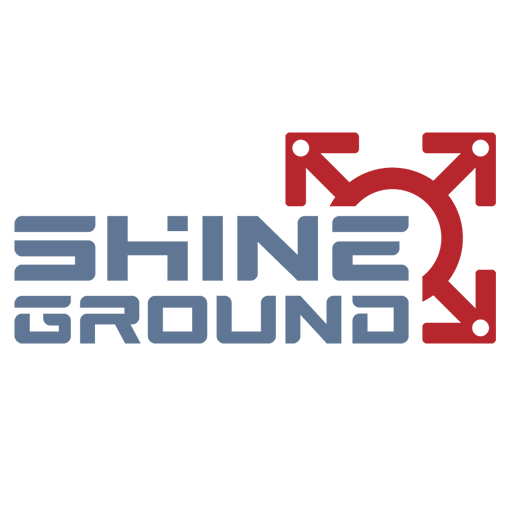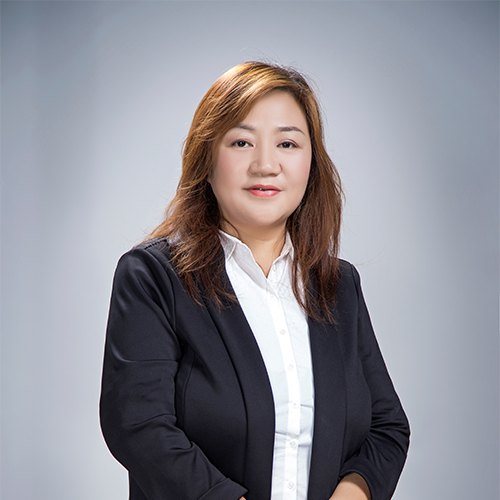Aluminum profile workbenches are highly popular due to their modularity, strong flexibility, high strength, and easy cleaning. Design drawings need to be customized according to your specific requirements (dimensions, load-bearing capacity, functions, budget).
The following is a design idea and key point decomposition diagram for a general-purpose aluminum profile workbench, which you can adjust and refine based on this framework:
Core Design Elements
- Common desktop dimensions: 1200mm × 600mm, 1500mm × 750mm, 1800mm × 800mm (selected according to space and purpose).
- Height: Typically the standard workbench height is 750mm–900mm (800mm–850mm is recommended for ergonomics). It can be designed to be height-adjustable.
- Shelf height: Set one or more layers as needed, usually 150mm–300mm from the ground.
Load-Bearing Capacity:
- Determine the specifications (series) and wall thickness of the aluminum profiles used:
- Light-duty (electronics maintenance, light assembly): Use 20 series (e.g., 2020, 2040) or 30 series (e.g., 3030, 3040) light-duty groove profiles.
- Medium-duty (general assembly, testing): Recommended 40 series (e.g., 4040) standard groove profiles.
- Heavy-duty (heavier equipment, tools): Use 40 series heavy grooves, 45 series, or 80 series (e.g., 8080) profiles.
- The material selection of the desktop and shelves also directly affects the load-bearing capacity.
Structural Stability:
- Main frame: Composed of four vertical columns and a top rectangular frame as the core support.
- Horizontal supports: Add horizontal connecting rods in the height direction (usually in the middle or bottom) to increase torsional resistance.
- Diagonal braces: Crucial! Install diagonal braces on the rear or both sides of the workbench (using profiles or special diagonal brace connectors) to significantly improve anti-shaking ability, especially for higher or heavy-load workbenches.
- Foot pads/levelers: Adjustable height foot pads for leveling the workbench, adapting to uneven ground, and providing cushioning.
Desktop:
- Material selection:
- Wood boards (multilayer boards, particle boards, solid wood): Cost-effective, easy to process, and have some cushioning. Edge sealing is required for moisture and dust prevention. Medium load-bearing capacity.
- Steel plates/stainless steel plates: Excellent load-bearing capacity, wear-resistant, impact-resistant, easy to clean, and anti-static (requires good grounding). Higher cost and heavier.
- Polymer material boards (phenolic resin boards/anti-bet boards): Wear-resistant, chemical corrosion-resistant, easy to clean, anti-static, and good load-bearing. Higher cost.
- Aluminum plates/aluminum alloy plates: Lightweight, high strength, beautiful, and easy to clean. Medium to high cost.
- Fixing method: Usually use T-nuts and bolts to fix the desktop through the groove holes of the aluminum profile. Angle brackets or special desktop fixings can also be used. Ensure that there are enough fixing points evenly distributed.
Shelves:
- Material selection is similar to the desktop, but the thickness and strength requirements can be slightly lower.
- Shelf brackets: Install shelf brackets (angle brackets, L-shaped brackets, or special shelf supports) on the inner side of the columns to support the shelves. The bracket spacing should be designed according to the shelf material and load-bearing requirements (usually 300mm–500mm).
- Height adjustable: Achieved by reserving groove holes at different heights on the columns or using adjustable shelf supports.
Functional Accessories (added as needed):
- Grid boards/perforated boards: Installed on the side or back for hanging tools and parts.
- Drawer cabinets/toolboxes: Can be integrated into the lower part of the frame or placed under the workbench as independent modules.
- Lighting system: Install LED light strip brackets on the frame.
- Power sockets: Integrated on the edge of the desktop or frame (pay attention to safe wiring).
- Monitor arm mounting points: Reserve mounting holes at the rear edge of the desktop.
- Protective fences/edge guards: Prevent small parts from rolling off.
- Casters (optional): If moving is required, select heavy-duty casters with brakes (note that this will sacrifice some stability).
Aluminum Profiles:
- Columns: 4040 – Qty: 4 × (Height H – Desktop thickness – Foot pad height) (e.g., H=850mm, desktop thickness=20mm, foot pad height=30mm → column length = 850 – 20 – 30 = 800mm)
- Long sides of the desktop frame: 4040 – Qty: 2 × L (length)
- Short sides of the desktop frame: 4040 – Qty: 2 × W (width)
- Long sides of the bottom frame (optional, to increase stability): 4040 – Qty: 2 × L
- Short sides of the bottom frame (optional): 4040 – Qty: 2 × W
- Cross beams (to increase torsional resistance): 4040 – Qty: 1–2 roots × L or W (installed at middle height or near the bottom)
- Diagonal braces: 4040 – Qty: 2 roots (length needs to be calculated according to the angle), or purchase finished diagonal brace rods.
- (Optional) Shelf bracket support rods: 4040 – Qty: as needed.
Connectors:
- Hexagon socket head cap screws (commonly M6×16, M6×20, M8×20): A large number (at least 4 for each connection point, with the total possibly reaching hundreds).
- T-nuts (M6 or M8): Approximately equal in quantity to the screws.
- Angle brackets (90 degrees): Used for key connection points (such as the four corners of the column and top frame), Qty: at least 4 (recommended 8, for both upper and lower parts), or use built-in connectors.
- Special diagonal brace connection plates/angle brackets: Qty: 4 (one connection point at each end of the diagonal brace).
- (Optional) Built-in connectors.
- Elastic snap cover /edge sealing strips: Cover the profile grooves for aesthetics and dust prevention (calculated by the meter).
Desktop:
- Panel (such as 18mm multilayer board, 1.5mm steel plate, 20mm anti-bet board): 1 piece (size L × W).
- Fixing bolts/screws: Sufficient quantity (according to the fixing point design).
- Washers: The same quantity as the fixing bolts.
Shelves (if included):
- Panels: 1–2 pieces (size slightly smaller than L × W, considering installation gaps).
- Shelf brackets: Special brackets or angle brackets/L-shaped brackets, Qty: at least 2 per side per layer (4 per layer in total).
Foot Pads:
- Adjustable height foot pads (with threads): Qty: 4 (or 1 under each column).
Accessories (as needed):
- Grid boards and supporting hooks.
- LED light strips and installation brackets.
- Power tracks/sockets.


